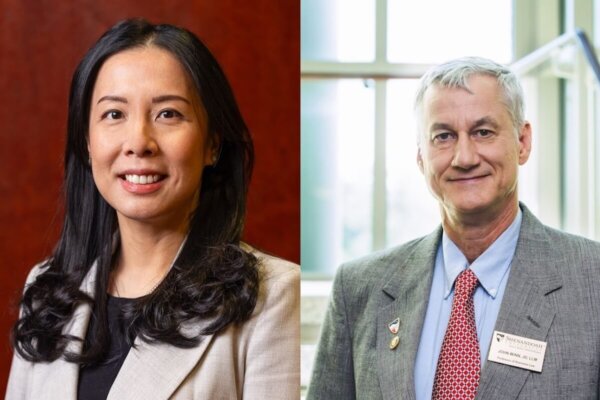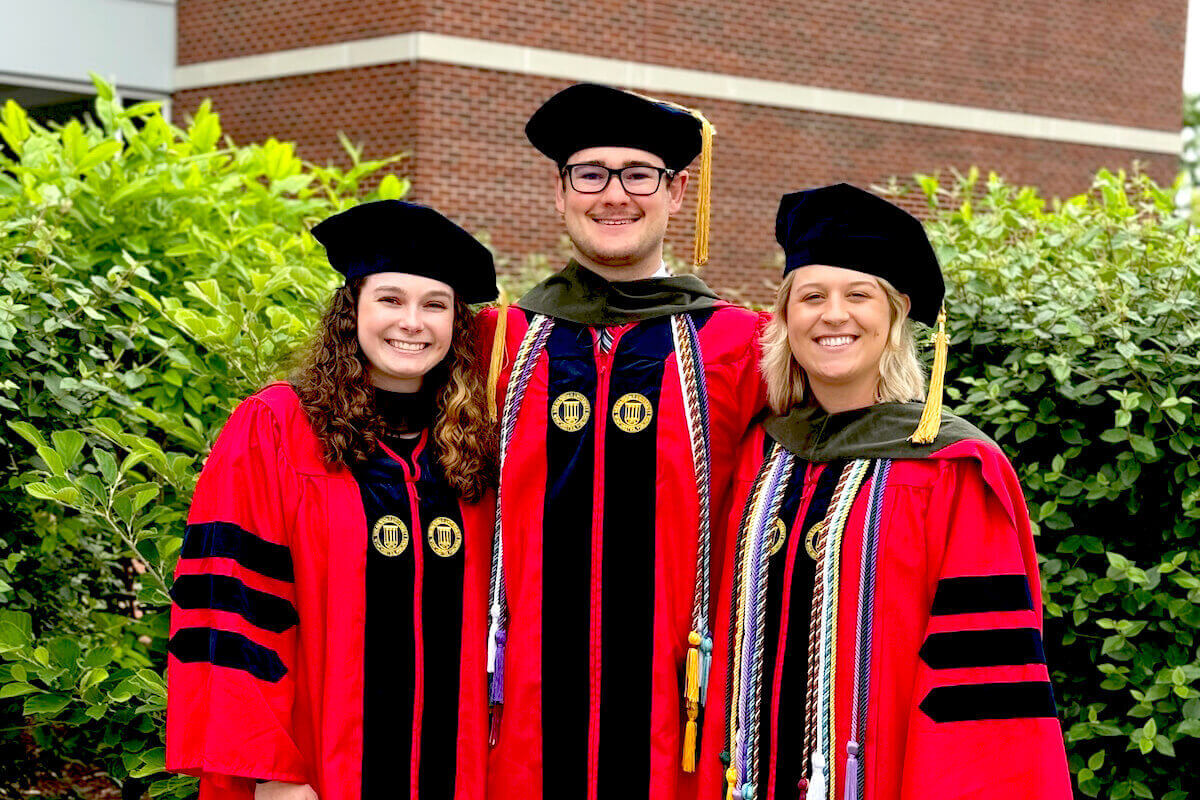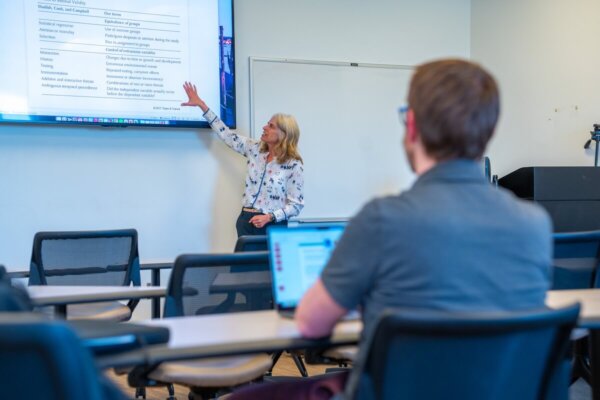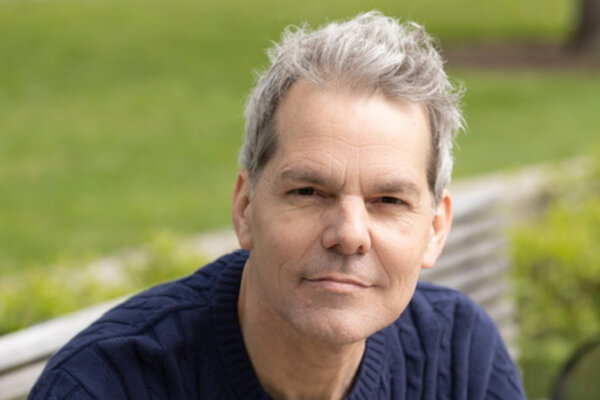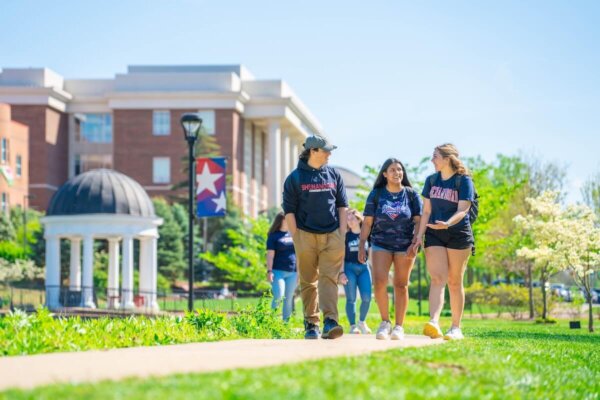The Classroom Experience During COVID-19
Change, Adaptation A Part of The Curriculum
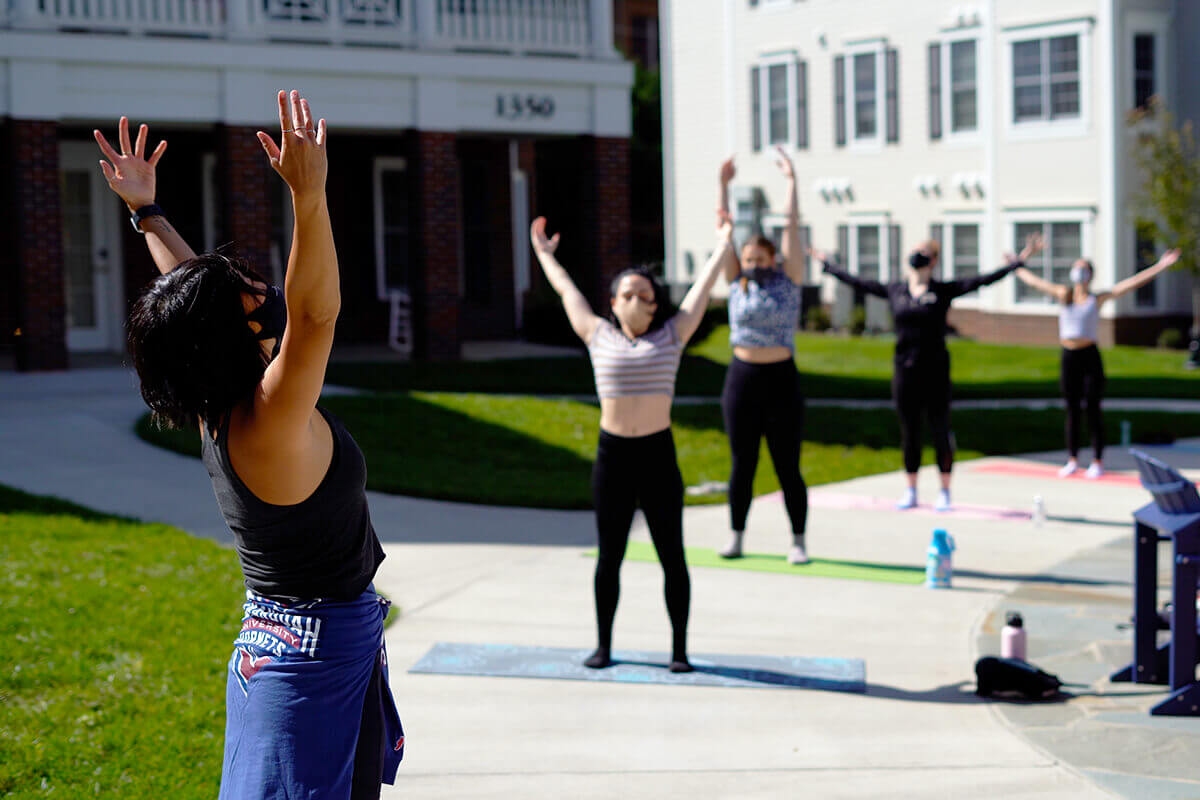
When Shenandoah University went all-online in March due to the COVID-19 pandemic, dance major Erisa Sloan ’21 attended class through Zoom and used her bedroom dresser to assist in her moves.
Now she’s back in class on Shenandoah’s main campus; she wears a mask during routines, her classes are split into two sections, and while in the studio, she and her classmates are each designated an individual 8-by-8-foot space in which they dance. No contact can be made.
The changes, she said, are not as dramatic as she thought they would be.
I thought I’d be losing a lot, but we’re all here. The energy has stayed the same. To be back in the studio, I’m actually grateful because we weren’t in it for so long.”
Erisa Sloan ’21
Dancing at a Distance
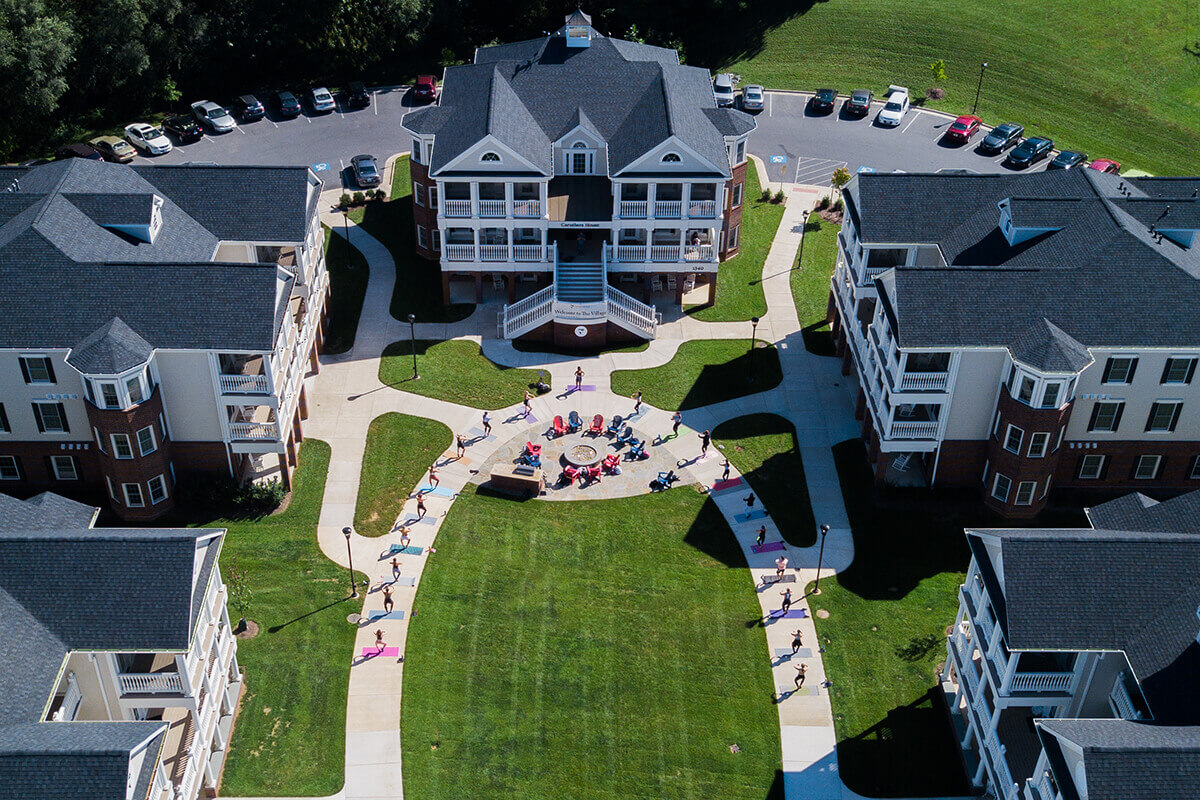 In August, most students, faculty and staff returned to campus and began using a hybrid model of learning called ShenFlex, in which classes are taught both online and in-person. Students and professors acknowledge that the classroom accommodations made in response to COVID-19 have been difficult, but most are just glad to be back.
In August, most students, faculty and staff returned to campus and began using a hybrid model of learning called ShenFlex, in which classes are taught both online and in-person. Students and professors acknowledge that the classroom accommodations made in response to COVID-19 have been difficult, but most are just glad to be back.
When her class is not outside dancing, Adjunct Assistant Professor of Dance Tiffanie Carson, M.F.A., has created two dance spaces located right next door to each other, allowing her to separate her students into two sections while holding one class. Carson sets up the rooms so that both audio and video can be synced up without any lag issues, and although set-up before and after class can be tedious, she said it’s worth it because all the dancers are learning together at the same time.
What I’ve learned is that we are resilient and self-sufficient people — the students and myself. I’ve had to adapt to many shifts and changes to accommodate our current needs, and although it is more work and quite a bit of stress, I make the effort for my students and their well-being. I always want to make their classes positive ones, and no matter what I will always try to make that happen for them — pandemic or not.”
Tiffanie Carson, M.F.A
Kristina Tucker ’22 said that even during this time of COVID-19, Carson ensures all her dance students receive the proper training before they graduate.
“It’s feeling a bit normal now. It’s not too far from where we used to be. Classes remain up to par. There’s no downgrading at all.”
Kristina Tucker ’22
Making Music in a Mask
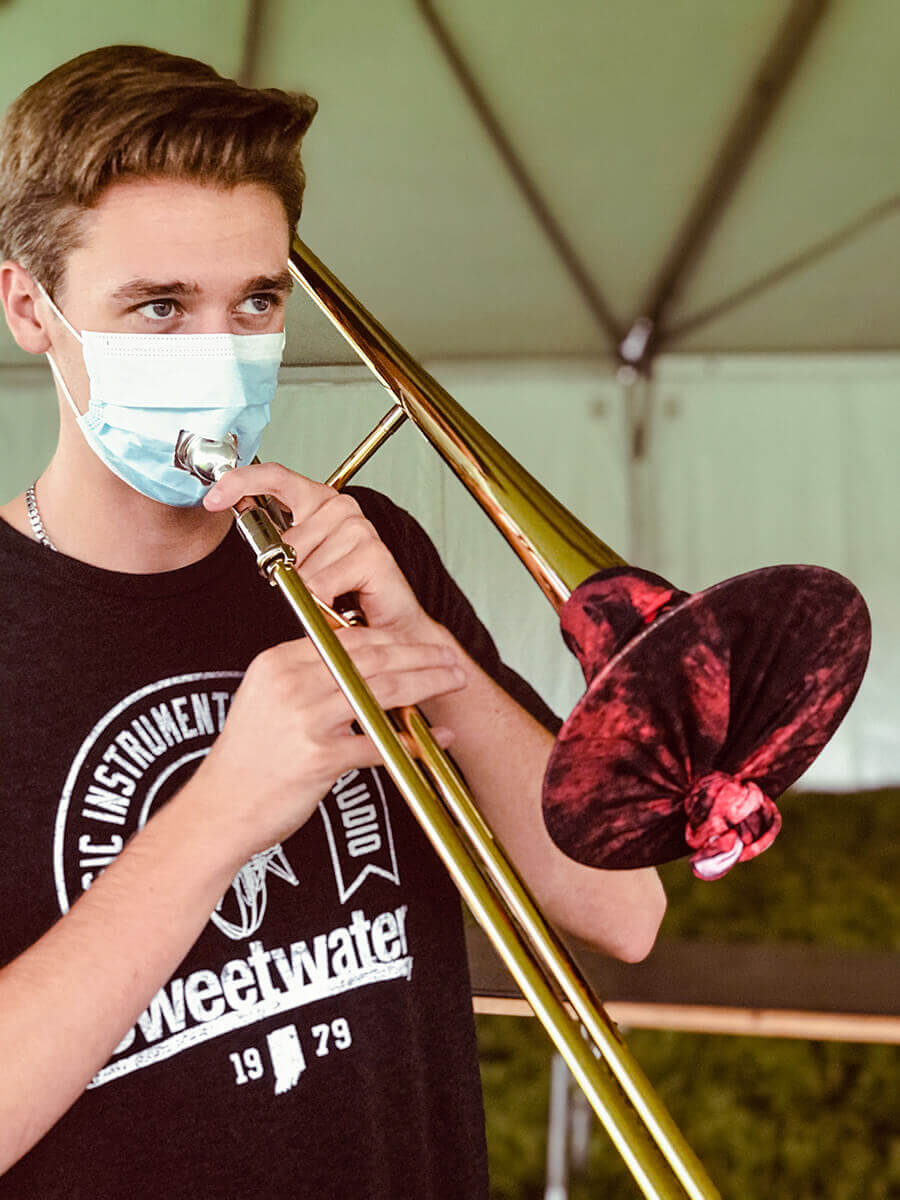 Craig Fraedrich, M.M., associate professor of jazz and trumpet, wears a mask and a face shield while he teaches his jazz and trumpet class in Ruebush Hall. The approximately 15 students are seated six feet apart, with a small hole in each of their masks that allows them to play their instruments while reducing the amount of air expelled. A bell cover is attached to the bell, or end, of each of the brass instruments. When it’s time for a student to sing, they grab a can of disinfectant spray and go into a nearby closet and close the door, so as not to spread aerosol particles while they vocalize.
Craig Fraedrich, M.M., associate professor of jazz and trumpet, wears a mask and a face shield while he teaches his jazz and trumpet class in Ruebush Hall. The approximately 15 students are seated six feet apart, with a small hole in each of their masks that allows them to play their instruments while reducing the amount of air expelled. A bell cover is attached to the bell, or end, of each of the brass instruments. When it’s time for a student to sing, they grab a can of disinfectant spray and go into a nearby closet and close the door, so as not to spread aerosol particles while they vocalize.
Before COVID-19, class used to run two hours straight. Now, to improve air exchange, students play for 30-minute intervals, playing both inside and outside when the weather is nice.
“When we went online in March, I would record their parts and put them together,” Fraedrich said. “That was okay, but it was not a long-term fix. Music is really about playing with people, and you just can’t do that online. Everybody would rather be here with all the considerations than be at home.”
Matthew White ’21 said it can be annoying because the fibers from his mask can get in his mouth while he’s playing, but he said it’s worth it.
I get to play. It’s my senior year. I’ll do whatever it takes.”
Matthew White ’21
Luke Hackworth ’24 wears a zipper mask to avoid the issue of fibers. He agreed with White.
“I’m just glad to be playing again.”
‘Pretty Normal’ Classes
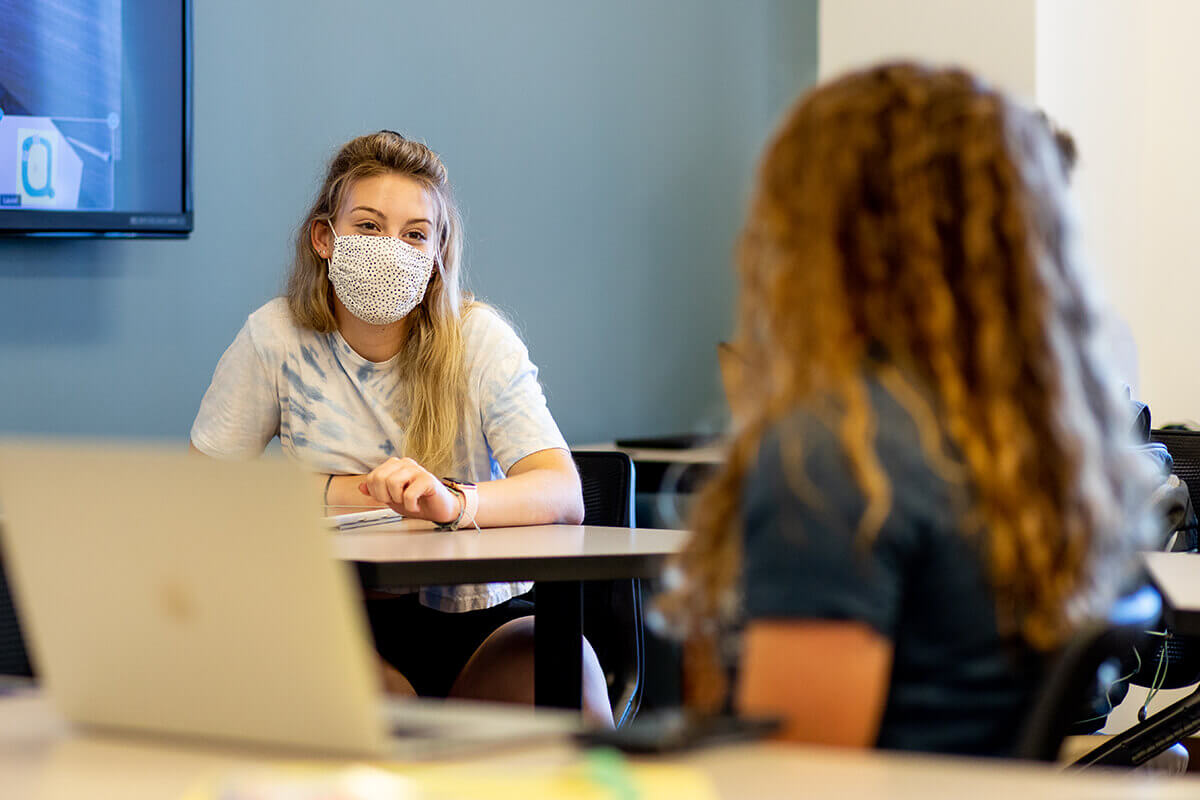 Laurel Rodgers, Ph.D., has set up her general biology class so that half of the students come on Monday and half come on Wednesday. Then, on Friday, the class period is divided so that half of the class comes for the first part of class and then half for the second part. She usually has 10-12 students in person and one to three on Zoom.
Laurel Rodgers, Ph.D., has set up her general biology class so that half of the students come on Monday and half come on Wednesday. Then, on Friday, the class period is divided so that half of the class comes for the first part of class and then half for the second part. She usually has 10-12 students in person and one to three on Zoom.
“Students listen to my pre-recorded lectures and complete an online assessment prior to class, and then in class we work on case studies and hands-on examples to help them understand each concept and how it relates to human health,” said Dr. Rodgers. “I am actually considering keeping elements of the changes I have made this semester because I think the students are enjoying the increased number of case studies and application within the classroom.”
Kaitlin Measell ’24 said class has been “pretty normal,” with more things offered online.
We’re still able to have discussions but remain separated.”
Kaitlin Measell ’24
